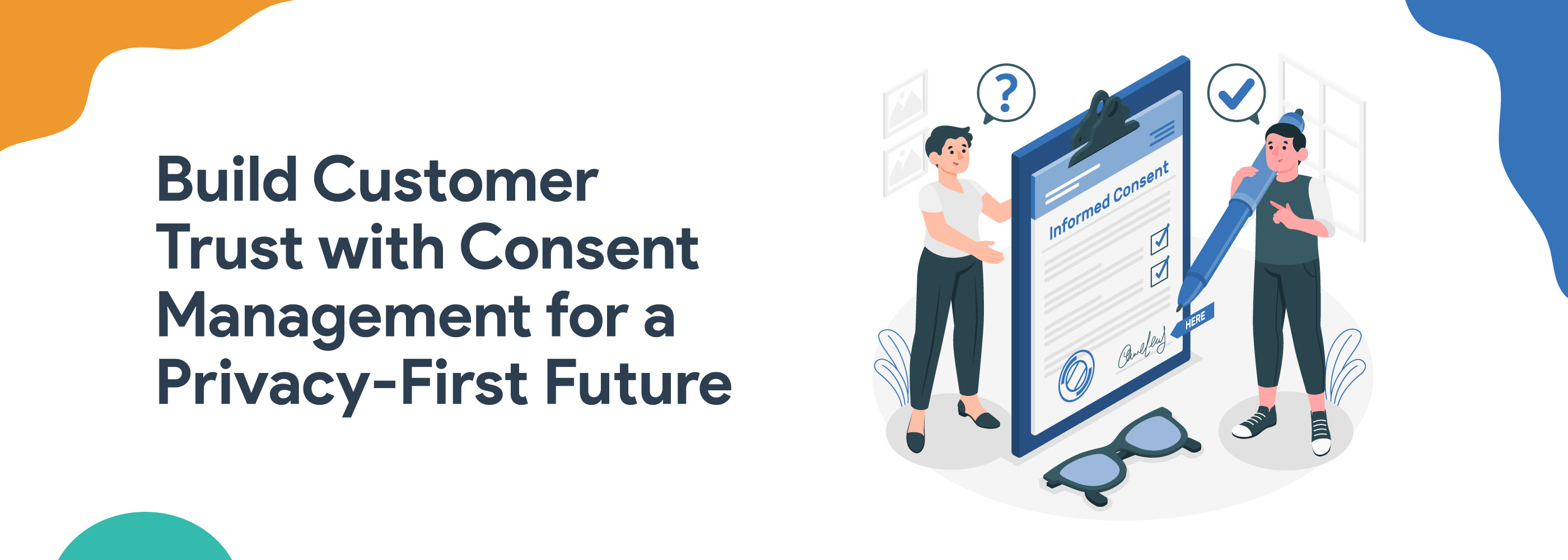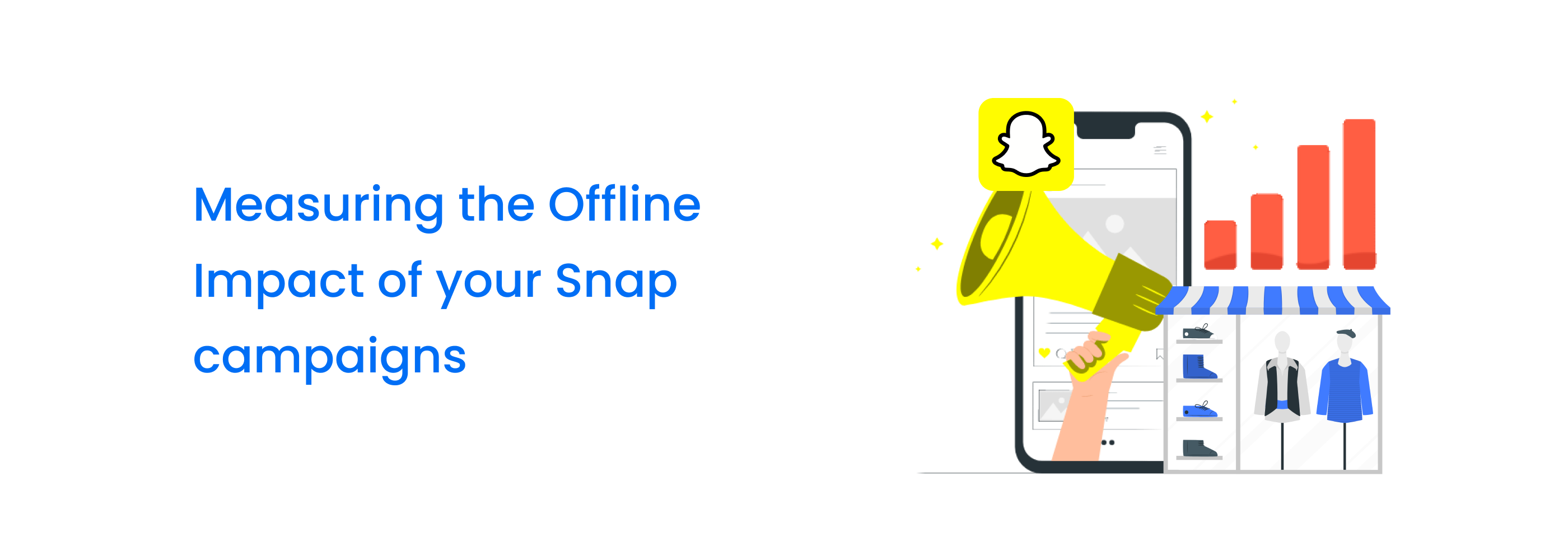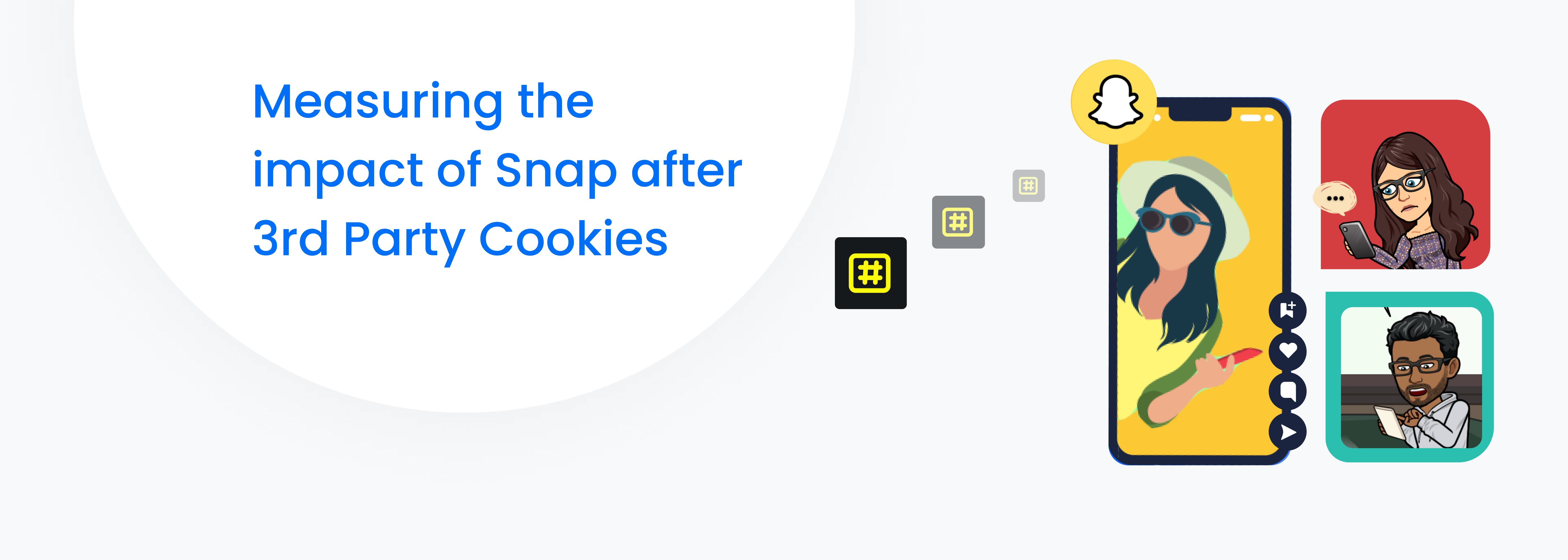Build Customer Trust with Consent Management for a Privacy-First Future
Growing concerns over user privacy have inspired global regulations that govern how businesses capture and share customer data. The GDPR and CCPA are the most well-known. Among other requirements, these data privacy regulations obligate businesses to collect user consent for data gathering, storage, and use.
The way organizations must do this is through the deployment of a cookie banner or consent management platform across their digital properties. Although the requirement to gather consent via a cookie banner is shared by all privacy regulations, there are differences in application with them all, too. For example, how to display a cookie banner on a website — and what the content should say inside of it — varies by law.

These nuanced obligations can be confusing for privacy professionals and marketers. Navigating them to execute a well-rounded privacy and consent management program is necessary, but tricky. The best way to prepare is to understand what’s required under the GDPR and CPRA, the two major privacy laws. These are the most conservative and detailed of the existing and planned privacy legislations. Meeting their requirements will best help you prepare to comply with future legislation.
Make Privacy Purposeful
The first step towards creating a trusted dynamic with your customers is to only collect necessary data in a way that respects customer privacy. To achieve this foundational goal you can create (or optimize) a Data governance program with the following steps:

- Redefine what privacy means to your organization: Companies need to adjust internal mindsets around data privacy and literally bake respect for customer data privacy compliance into the core of their brand. Make sure it’s known that data privacy matters.
- Draft a privacy manifesto: and make it public knowledge: Most customers find brands’ data security notifications extremely complex. In the US, only 3% of Americans say they understand how current online privacy laws actually work. Pair that with the 79% of Americans who are not confident companies will admit to misusing their data, and you can see the trust gap clear as day.
- Prioritize data privacy compliance— for both now and in the future: Given the global nature of privacy regulations and international business, if you haven’t started addressing policies like GDPR and CCPA, to name only a few, you need to start now.
Give Customers a Reason to Opt-in

When it comes to consent and preference management, how you collect your customer data is as important as what data you’re asking for. Customers are tired of being asked for permission and the fatigue from being constantly asked to provide privacy preferences when visiting websites is real. Follow these steps to ensure the customer comes back for more instead of taking their data and running:
- Be transparent about your transparency.
- Design a Value Exchange where and when it matters.
- Turn your request for data into a CX of its own.
- Make data access crystal clear.
- Bake in future flexibility.
Map Out a Customer Journey that Revolves Around Trust
62% of customers expect brands to personalize every interaction and 74% said they feel frustrated enough to abandon an experience when the offer is irrelevant to them. By mapping out your customer’s unique and personalized journeys, you can obtain a better understanding of your customers and deliver one-to-one marketing communications that build trust. Make to plan with the following in mind:

- Define your customer audiences and segments in the context of consent and preference data.
- Plan out meaningful touch points and build in marketing automation.
- Be transparent on how you’re using their personal data throughout their experience.
- Make sure to provide off-ramps for customers in their customer journey.
- Include customer access to data controls in every channel.
- Keep your messaging and language consistent throughout.
- Build in enough flexibility to address the shifting privacy landscape.
- Avoid competing journeys for your customers.















